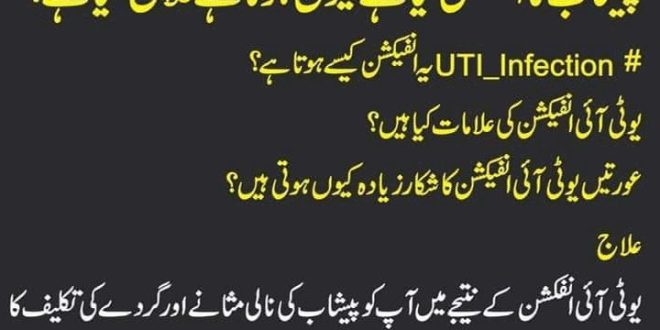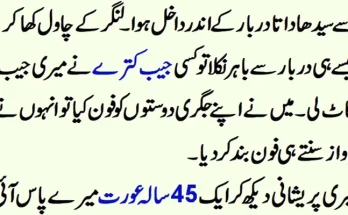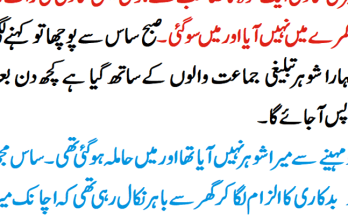A stroke occurs when the blood supply to part of the brain is interrupted or reduced, depriving brain tissue of oxygen and nutrients. This can lead to significant damage, affecting movement, speech, memory, and cognitive function. Stroke recovery varies greatly from person to person, depending on the severity of the stroke, the area of the brain affected, and the speed of treatment. While recovery can be challenging, rehabilitation and support can help individuals regain independence and improve their quality of life.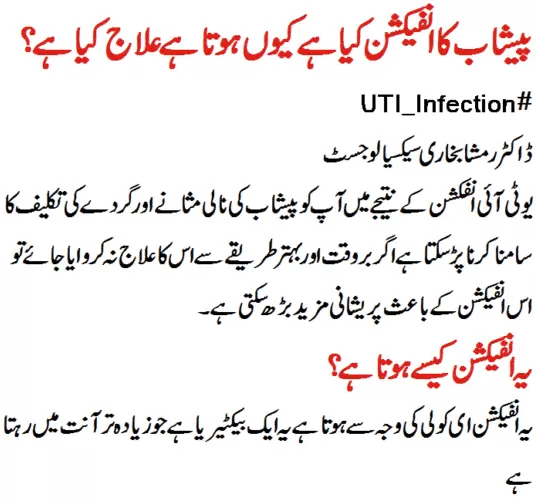
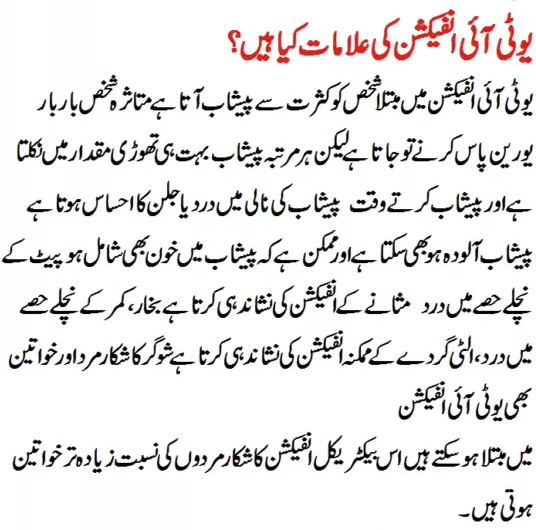
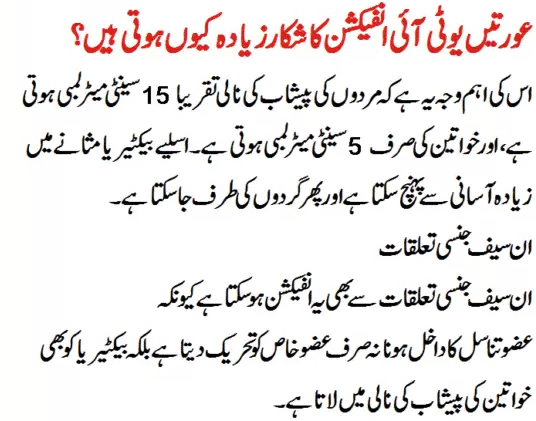
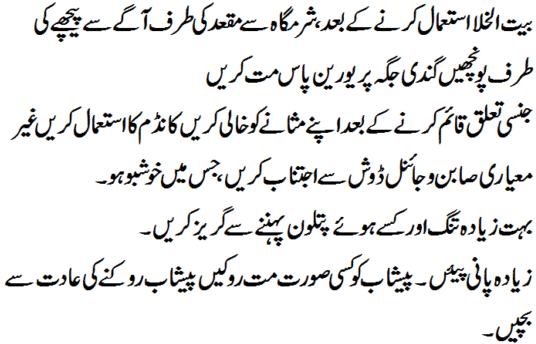
The first stage of stroke recovery typically begins in the hospital, where immediate medical care is focused on stabilizing the patient and preventing further damage. Once the patient’s condition has stabilized, a personalized rehabilitation plan is created. This plan often includes physical therapy to help regain strength and movement, occupational therapy to assist with daily activities, and speech therapy for those with language or communication difficulties. Early rehabilitation is crucial, as the brain’s plasticity allows it to rewire itself, especially in the initial months following a stroke.
Physical therapy plays a critical role in stroke recovery. Many stroke survivors experience weakness or paralysis, usually on one side of the body, which can make simple movements difficult. Physical therapists use targeted exercises to help improve muscle strength, coordination, and balance. These therapies not only promote physical recovery but also help prevent complications like joint stiffness or pressure sores that can arise from prolonged immobility. The ultimate goal is to help stroke survivors regain as much independence in movement as possible.
Occupational therapy is another essential component of stroke rehabilitation, focusing on restoring the ability to perform everyday tasks. Stroke survivors often face challenges with activities like dressing, eating, and personal hygiene due to physical or cognitive impairments. Occupational therapists work with patients to develop strategies and adaptive techniques that help them carry out these tasks independently. Assistive devices, such as modified utensils or mobility aids, may also be introduced to make daily life easier.
For individuals who experience language or communication problems after a stroke, speech therapy can be invaluable. A stroke that affects the brain’s language centers can lead to aphasia, a condition that impairs the ability to speak, understand, read, or write. Speech therapists help stroke survivors relearn these skills through exercises designed to improve language comprehension and expression. For some, alternative communication methods, like gestures or communication devices, may be necessary while speech continues to improve.
Emotional and psychological support is also crucial during stroke recovery. Depression, anxiety, and frustration are common as survivors cope with the changes in their abilities and lifestyle. Counseling or psychotherapy can help individuals manage these emotions and adjust to their new reality. Family support is equally important, as loved ones play a key role in the recovery process. Caregivers may need guidance on how to provide the best support while managing their own stress and well-being.
In conclusion, stroke recovery is a multifaceted process that requires a combination of physical, occupational, speech, and emotional therapies. While the journey can be long and difficult, early intervention and a well-rounded rehabilitation plan can lead to significant improvements in function and independence. With the right support system and a proactive approach to rehabilitation, stroke survivors can rebuild their lives and continue to live meaningfully despite the challenges they face.
